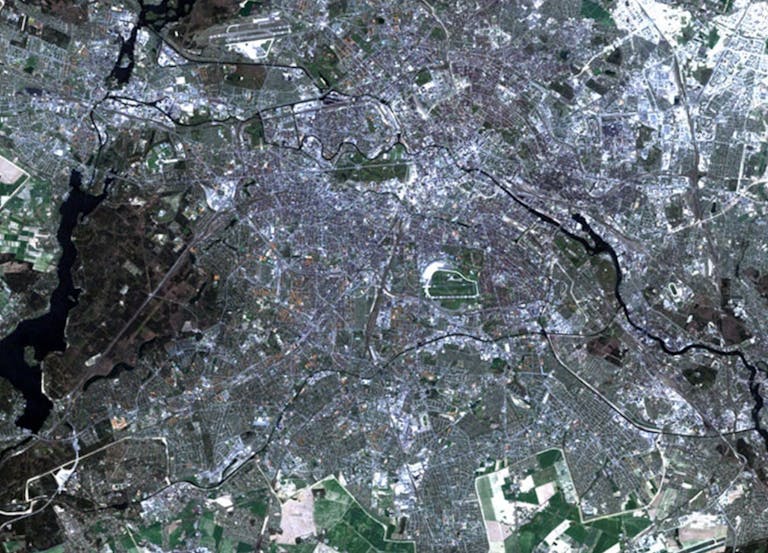Behind the Scenes: Flaneur magazine
It’s hard not to fall in love with Flaneur magazine. Thick volumes built from fragments of one single street, each issue takes readers beyond the pavement and into the intimate lives and stories of the people who live there. We learn about histories, politics and cultures, while encountering complex but immediate human experiences.
For their latest issue, the team spent two months near Boulevard Ring, Moscow, weaving new stories from different perspectives and uncovering similarities between separate walks of life. We spoke to editors Fabian Saul and Grashina Gabelmann (below) about the making of this issue.
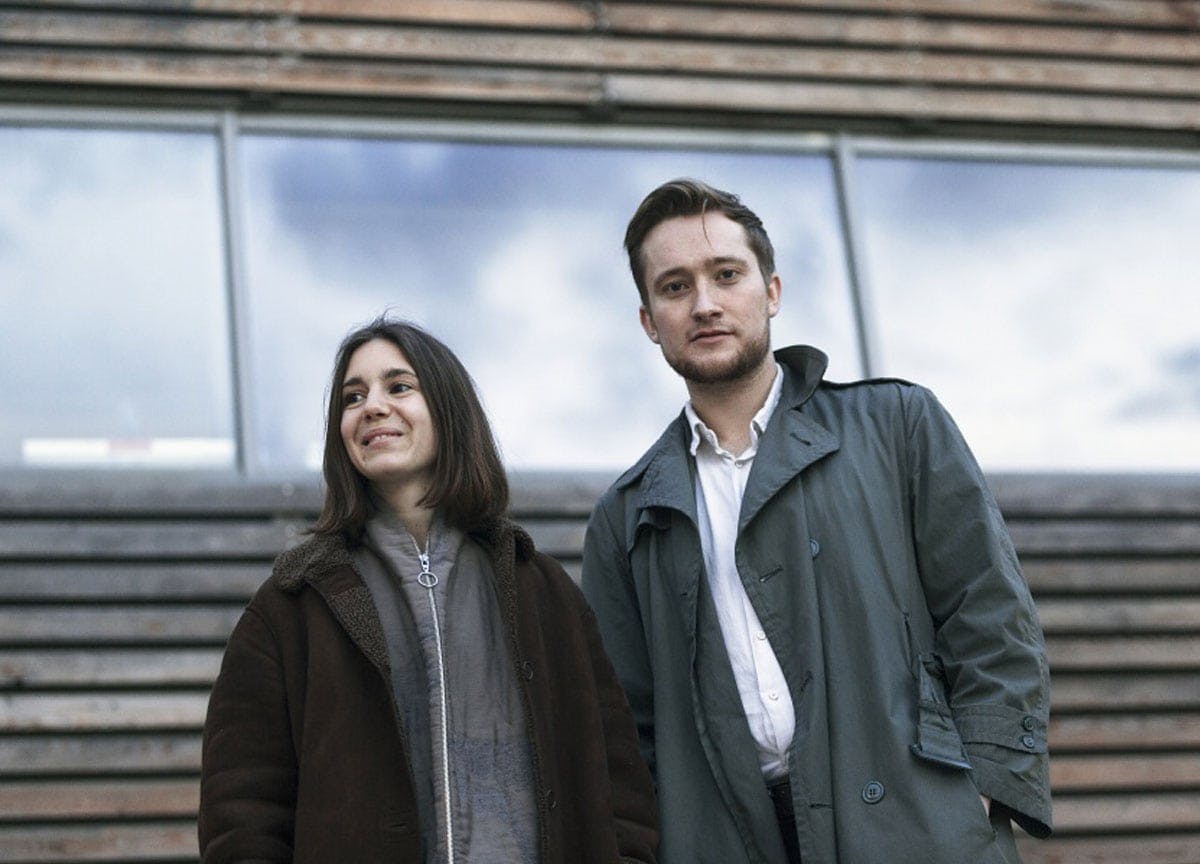
What brought you to Moscow and Boulevard Ring this time?
Fabian: The decision for each city and street is always very intuitive. We don’t pre-research in a journalistic sense — the actual spatial experience is the foundation for the decision. Moscow is a city that we were always interested in and decided to focus on despite the warnings considering the tense political situation.
This time, we decided to go with a cosmological approach where the city is made up of orbits that encircle the Kremlin. The Boulevard Ring, although technically made up of 10 different streets, in that sense is the city’s first orbit. Taking this approach was a way to cope with the urban structure and to initiate conversations that would both reflect on the actual spatial experience and reveal the hidden layers of Moscow.
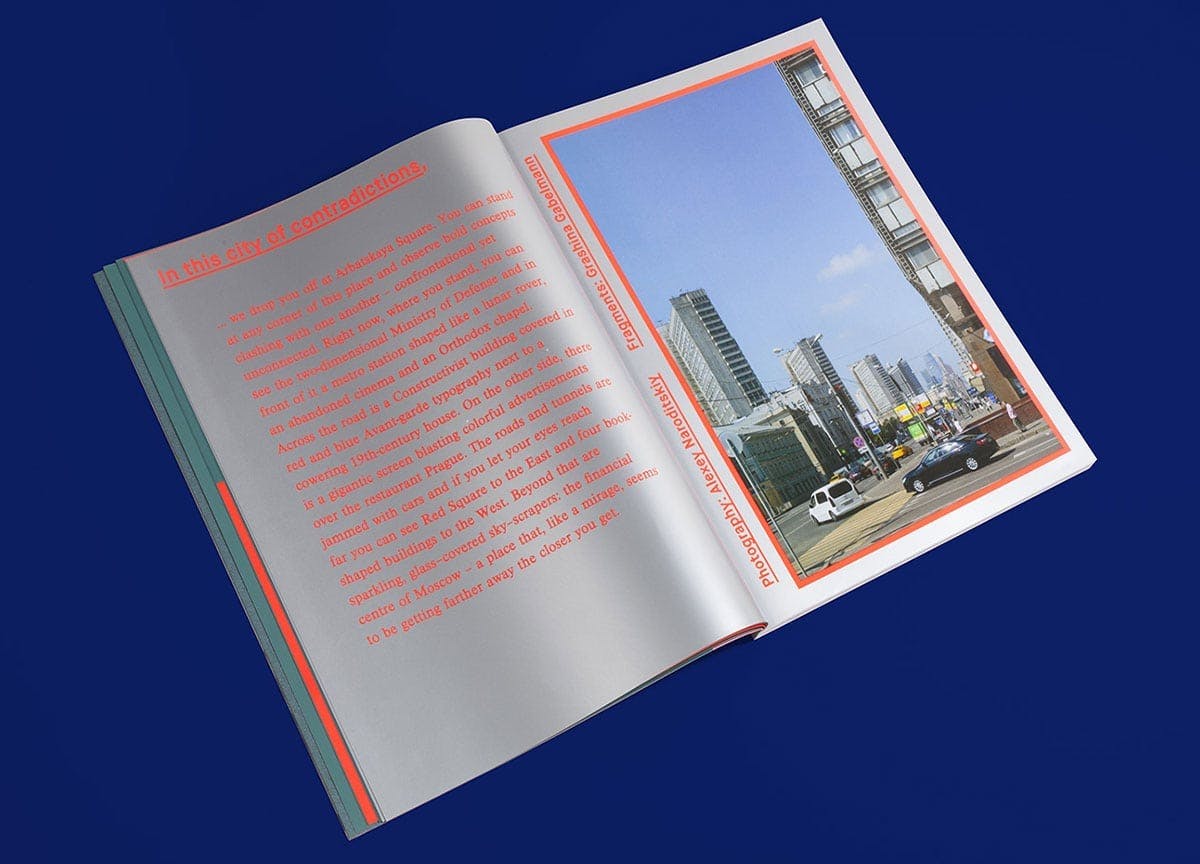
The team spends two months on location. Take us through this process — Where did you stay? Was the research serendipitous exploration, or something more planned and structured?
Fabian: We usually stay a bit away from the street we focus on. That way we keep a healthy distance and stay curious. This time we stayed in a typical 90s apartment that also happened to come with a bipolar cat. Taming the cat and being accepted in its territory became somewhat symbolic for the process of this issue, given that Moscow in its urban structure is a very exhausting place.
Throughout the two months, we meet people and artists of all disciplines through a beautiful domino effect where one encounter leads to another. We read, walk, explore, listen, meet, literally around the clock for two months — we try to spend as much time on the street as possible. During that process of collecting fragments, the focal points of the magazine appear. But it’s important to note that not every encounter needs to be productive, and not every move needs to be intentional.
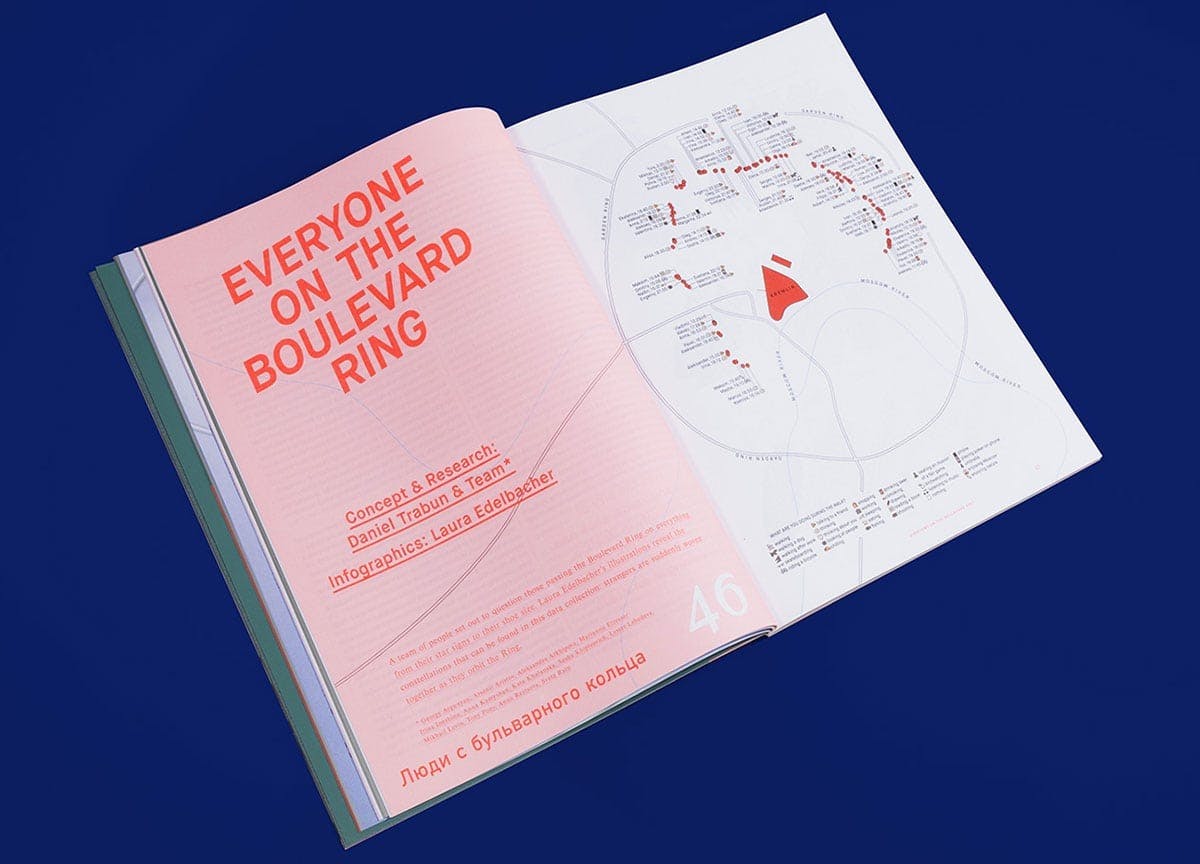
“I watch him to see if he turns around again but our moment of being treated like an individual is immediately lost.” I love the way Flaneur captures these everyday but extremely intimate experiences – why do you think we love to ‘people watch’?
Grashina: Though city dwellers are surrounded by strangers on a daily basis, one does not necessarily people watch every day — it occurs when you have time and are in the right head space. I believe the reason it’s so amazing is that the notion of ‘the other’ falls away. Once you begin to look around, you see yourself reflected in others. The sometimes alienating experience of being in a city becomes more intimate. Everything slows down as you zoom into gestures, facial expressions and reactions. It’s soothing. You’re not actually alone.
I really enjoy learning historical tidbits that I wouldn’t normally come across, especially on the internet. These are details you can only find out by really spending time in a certain place.
Grashina: We work with the place and its inhabitants and this approach, rather than arriving as journalists who seek ‘the objective truth’ (a contradiction in itself), unearths many truths from many different perspectives — stories woven together by different voices, perspectives and time periods. We pick these stories apart, finding contradictions and discovering similarities, and through our perspectives as outsiders, we rearrange our findings and new stories are told.
Fabian: By embracing the logic of the fragments, narratives appear that don’t subdue to the logic of the canonic narrative but develop their own dynamic. I believe that’s one of the essentials of Flaneuring. Through this technique a knowledge can be revealed that is not only between the lines but also between the times.
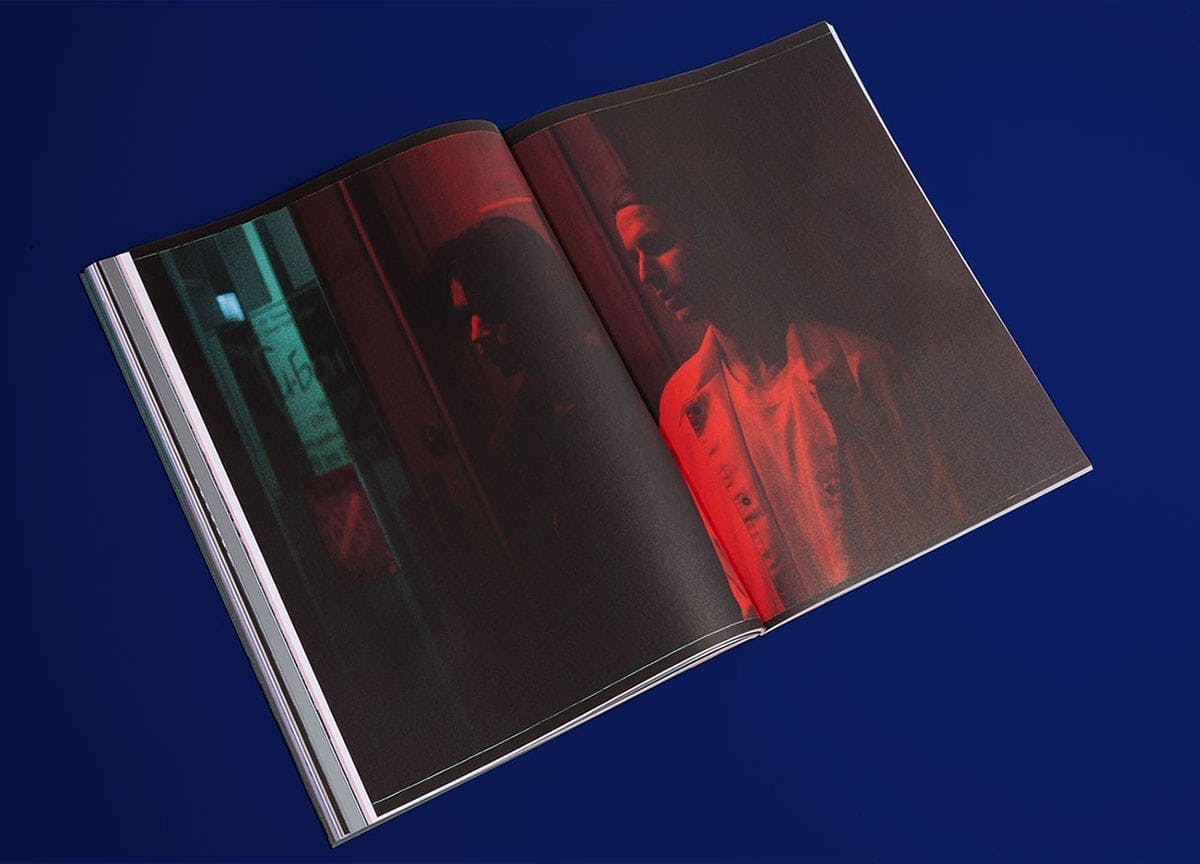
How do you approach residents and get them agree to be featured in the magazine?
Grashina: Everyone loves telling stories, everyone loves being seen. For the Moscow issue, we got a writer to speak to shop owners who had recently been kicked out of their little shops due to the government illegally bulldozing thousands of kiosk shops overnight. Some owners didn’t want their photographs taken, afraid of possible consequences, but other than that, it’s never a problem to get people on board.
Any especially nice stories of encounters that really stood out to you?
Fabian: In many ways the approach of this issue led us more than ever into the subconscious and the surreal levels of our work. And I do believe that’s why we connected with many people on a deeper level. Grashina had an intense encounter with a writer because they became catalysts for each other for creative challenges they were going through. We had a beautiful encounter with an artist (and now close friend) who inspired and mirrored our experience with the city, which also led to our cosmological approach. On my last night in Moscow, I happened to celebrate a beautiful Shabbat with a group of artists. It opened a whole new connection that will live on beyond the magazine.
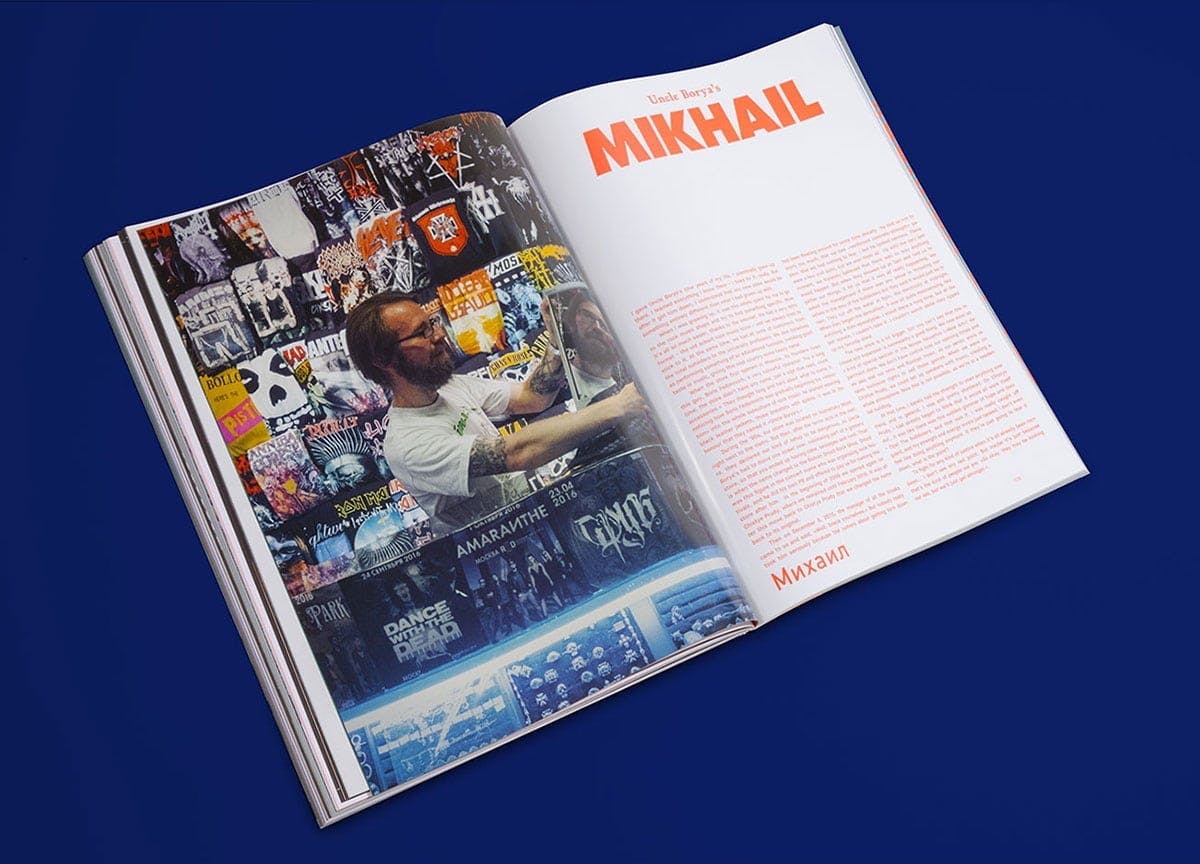
The magazine is about places, but its purpose is not necessarily to provide a travel guide. What is the essence of the magazine that you want readers to take with them?
Fabian: Flaneur’s unique editorial concept manages to utilize the subjective and the hyperlocal to reveal universal and invisible emphatic bonds. If the purpose of this project can be summed up by one word it would be empathy. Finding the universal in subjective stories and making those stories go beyond their geographical setting, in an attempt to highlight the common struggles of the human experience.
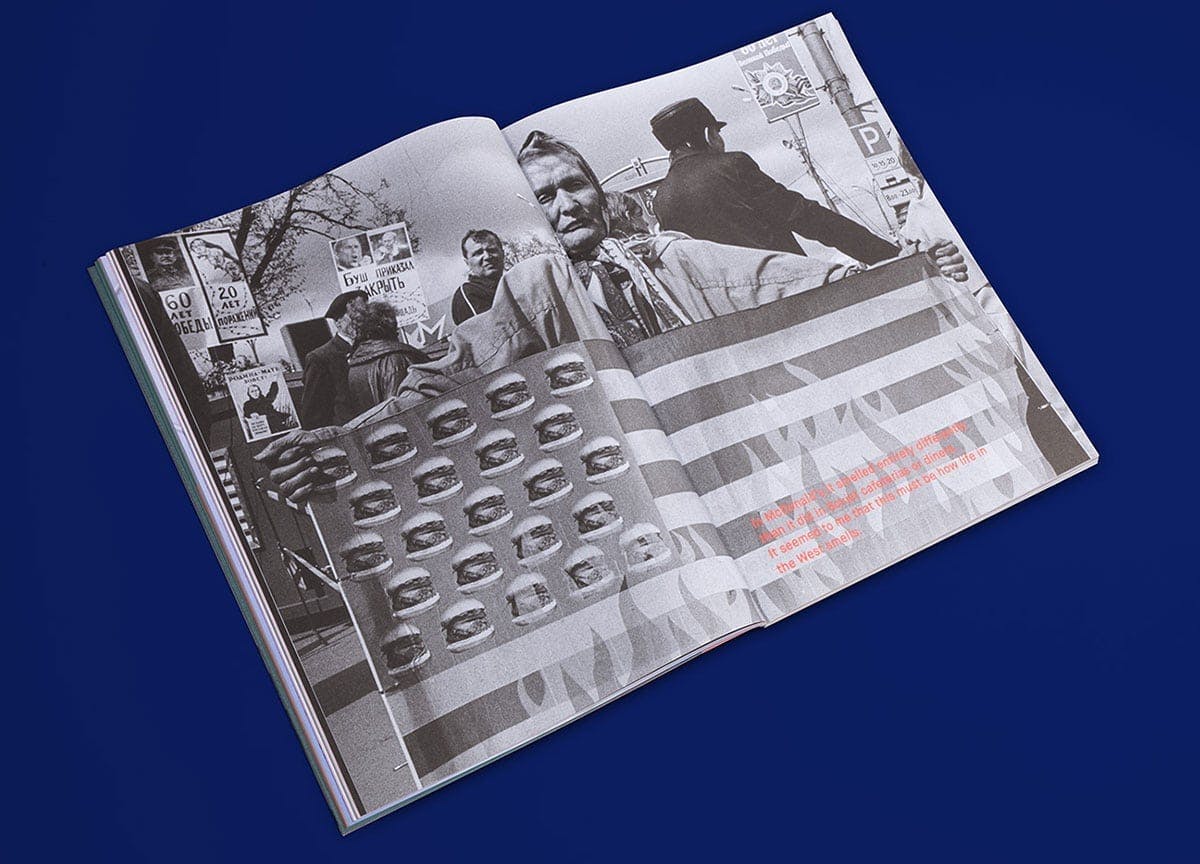
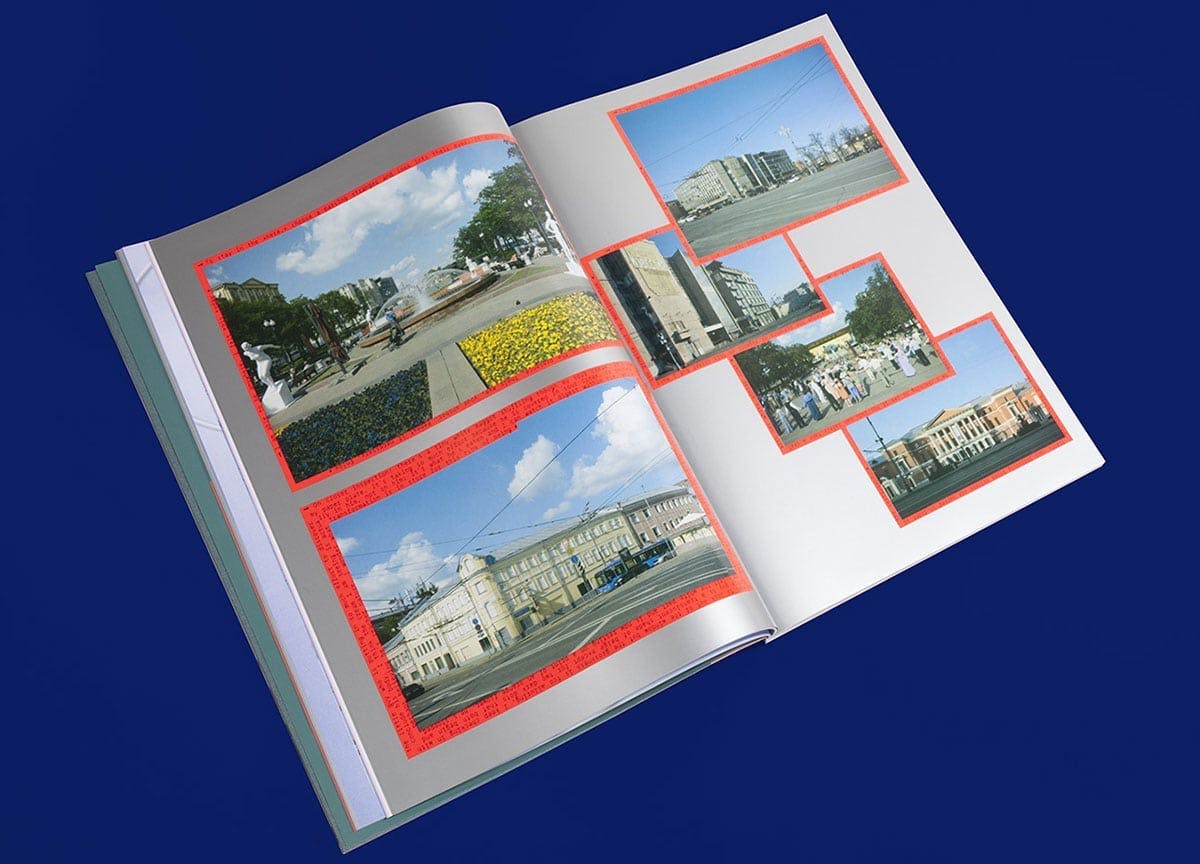
—
Keep up to date with the best travel magazines and more — sign up to Stack and we’ll deliver the best independent publishing to your door

